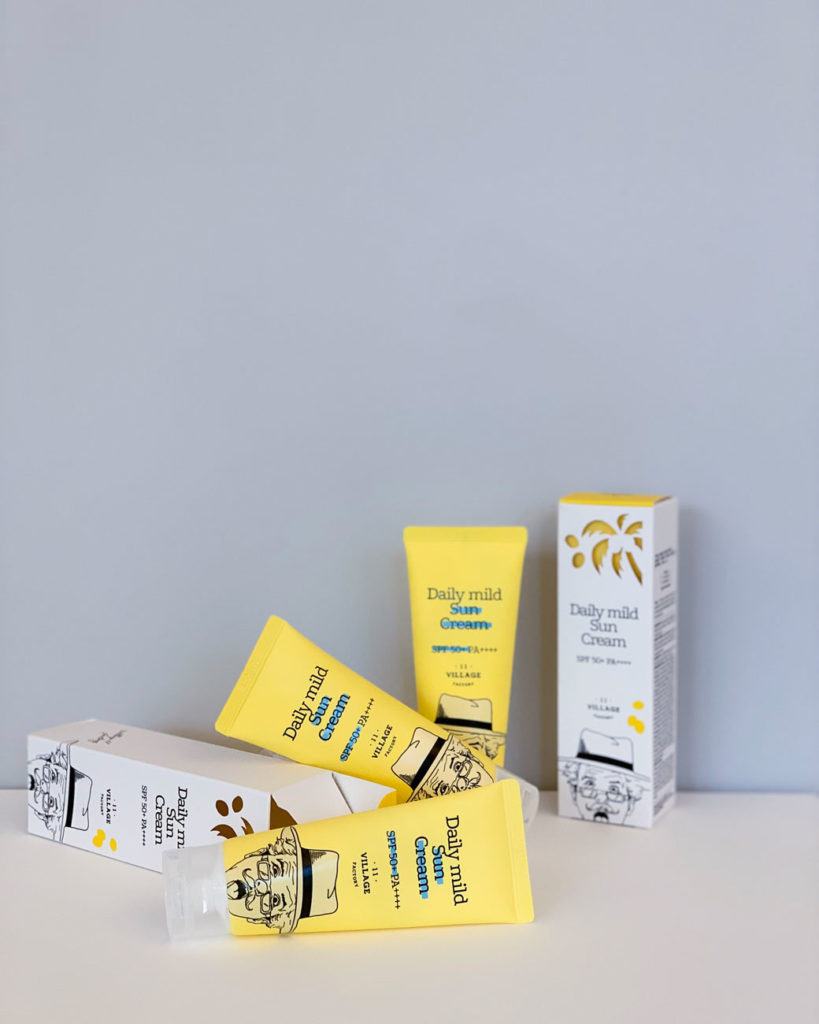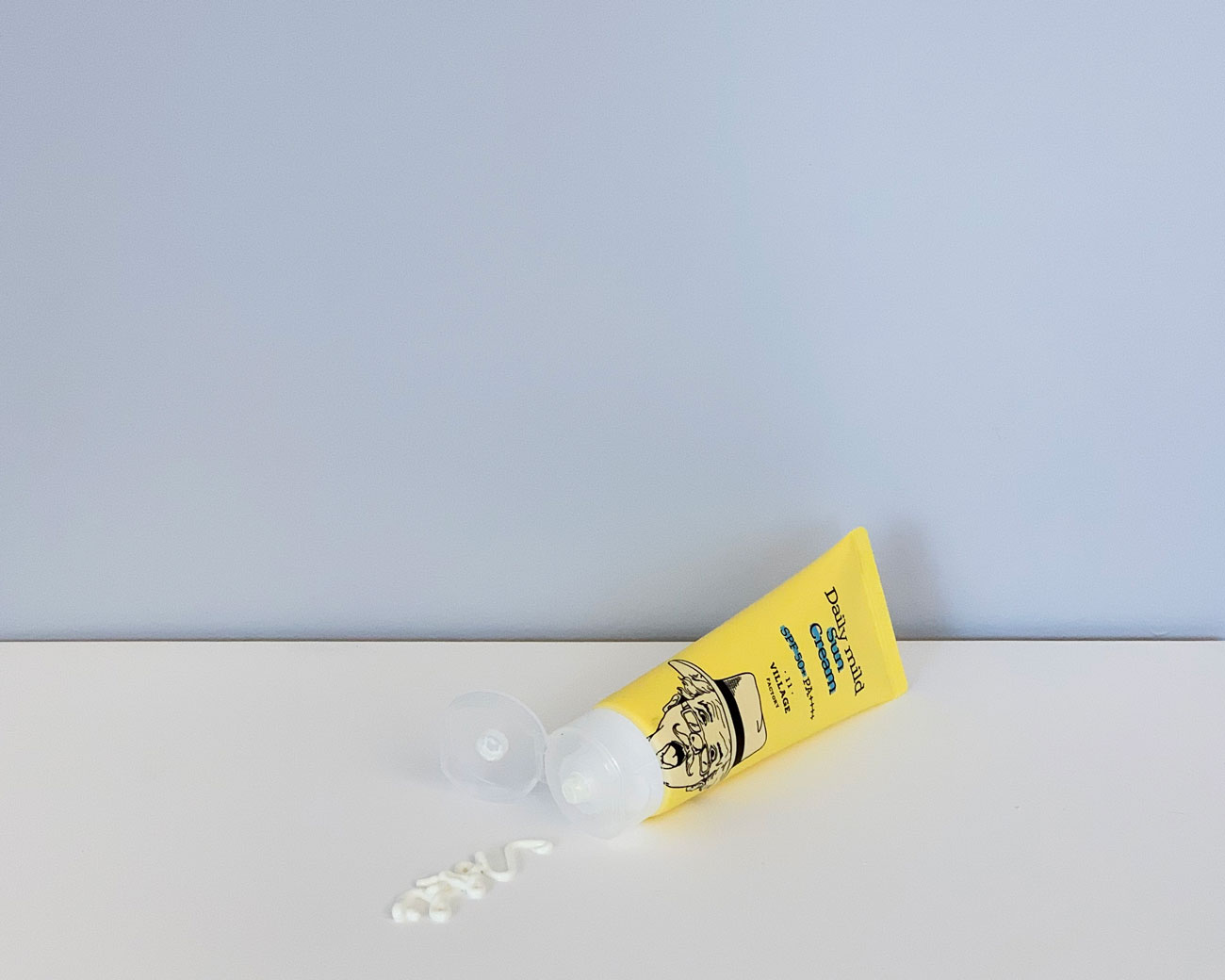Suncare, The Basics.

Sunscreen can be one of those things you know you should apply every day but find yourself avoiding because it’s really hard to find a sunscreen you love, especially when you’re as finicky as we are. We know we should apply sunscreen, but maybe we’re not sure why — so we thought we would take some time to answer a few basic questions!
Mineral vs. Chemical
Sunscreen formulations fall into two camps — or, really, three: mineral sunscreens, chemical sunscreens, and hybrid sunscreens.
Mineral sunscreens are also called physical sunscreens, and there are only two mineral sunscreen ingredients: titanium dioxide and zinc dioxide. On the other hand, there are many more chemical sunscreen ingredients, roughly 30, and they work in different ways. Mineral sunscreens reflect away UV rays, essentially repelling them away, while chemical sunscreens will take the UV rays, convert them into heat, and prevent them from doing damage.
Neither mineral or chemical sunscreens are inherently better than the other. They’re equally protective, and it really kind of comes down to what you’re looking for. Mineral sunscreens have a much lower risk of irritating skin, but they may have thicker textures and leave a white cast. Chemical sunscreens can have thinner textures, but they can potentially be sensitizing for people with extra sensitive skin. Hybrid sunscreens try to take the best of both worlds, but, really, the main thing is about finding a sunscreen that works for you. You’re going to hear us say that a lot.
UVA vs. UVB
The two types of UV (ultraviolet) rays that affect us are UVA and UVB rays. UVA rays have longer waves, and they can penetrate to deeper layers of skin, harming the elements in skin that help maintain elasticity. In other words, UVA rays are more likely to have an effect on visible signs of aging, causing wrinkles and fine lines. UVA rays can actually pass through glass, so we highly encourage wearing sunscreen even when indoors.
UVB rays are more responsible for sunburn, and they are more likely to cause things like hyperpigmentation. They are also stronger in sunny climates, and fun fact: UVB rays are actually stronger at higher altitudes! It’s why you never neglect sunscreen, even when mountain climbing or participating in winter sports — UVB rays actually reflect off surfaces like snow, so your skin is hit by UVB rays twice.

SPF vs. PA+
Like there are two kinds of UV light, there are two protective systems: SPF and PA+.
SPF stands for “Sun Protection Factor,” and it measures how long the sunscreen in question will protect you from the sun’s burn-causing UVB rays. The higher the number doesn’t actually indicate the strength of the sunscreen but the time it’s “good for” on your skin. For example: let’s say it takes 15 minutes for your unprotected skin to start turning pink in the sun. A sunscreen with SPF 30 is good for 450 minutes, which is when you should reapply.
PA+ helps indicate the effectiveness of a sunscreen against UVA rays. The PA+ system is starting to be seen more in the States, but typically, the phrase “broad spectrum” is used to indicate a sunscreen that protects against both UVA/UVB rays. PA+ indicates some protection against UVA rays, while PA++++ indicates extremely high protection.
—
We hope that helps answer some questions! If you have any other questions, leave them in the comments below!

Comments